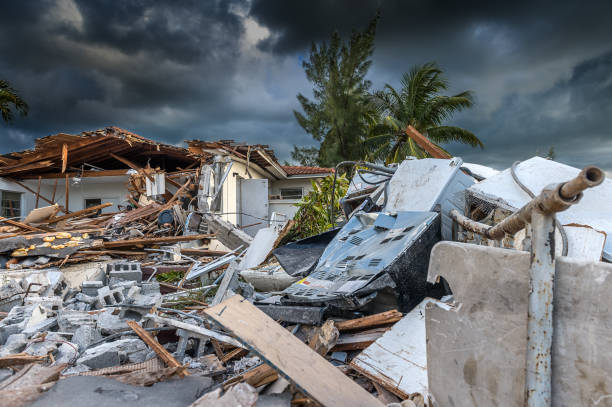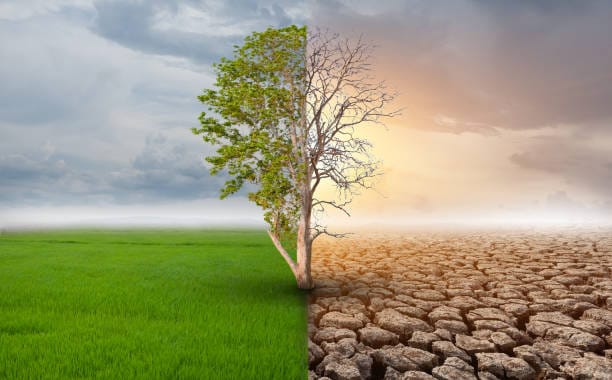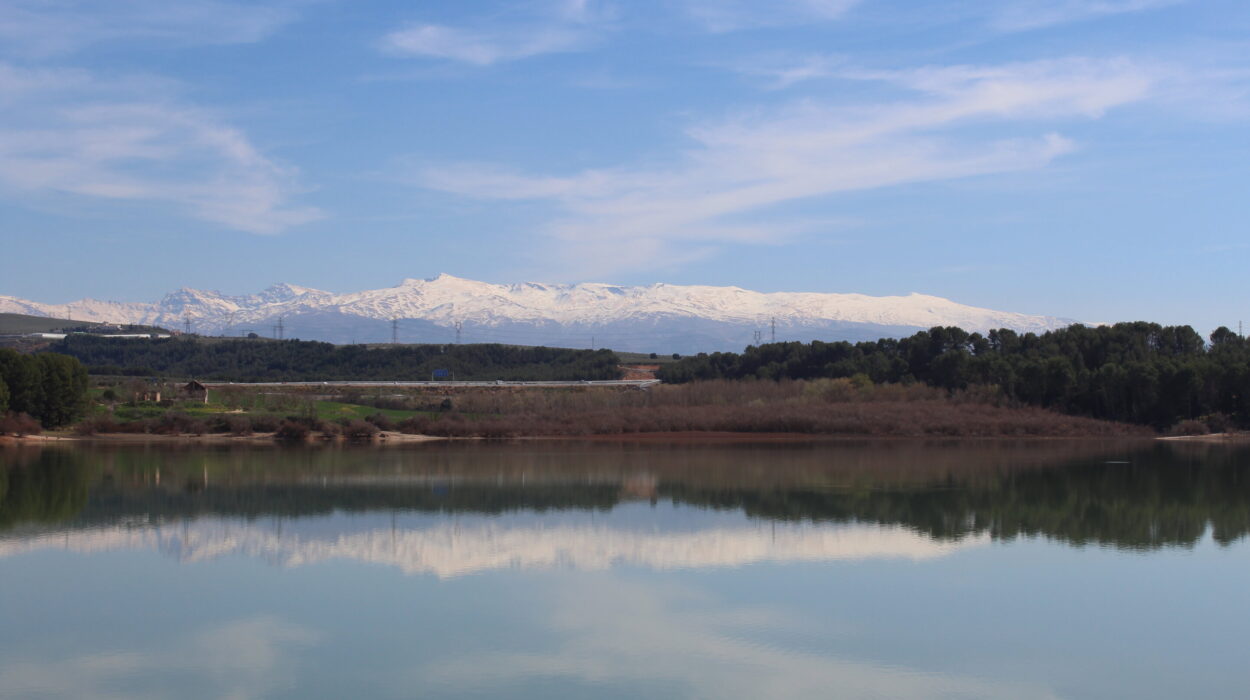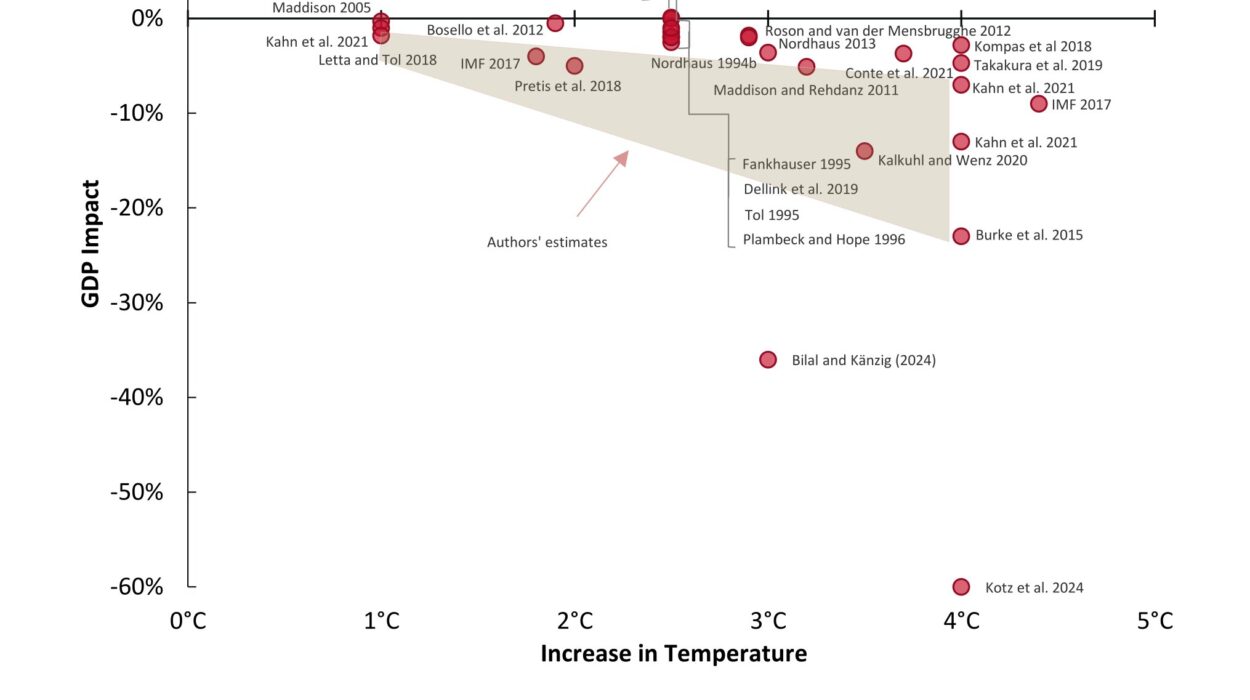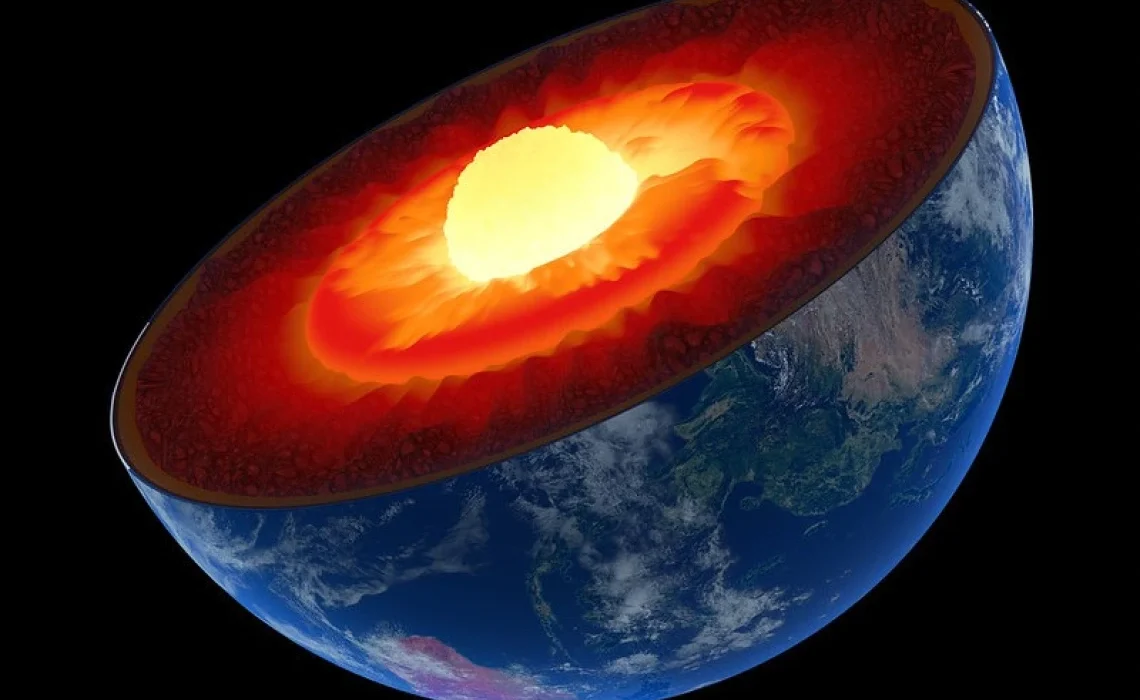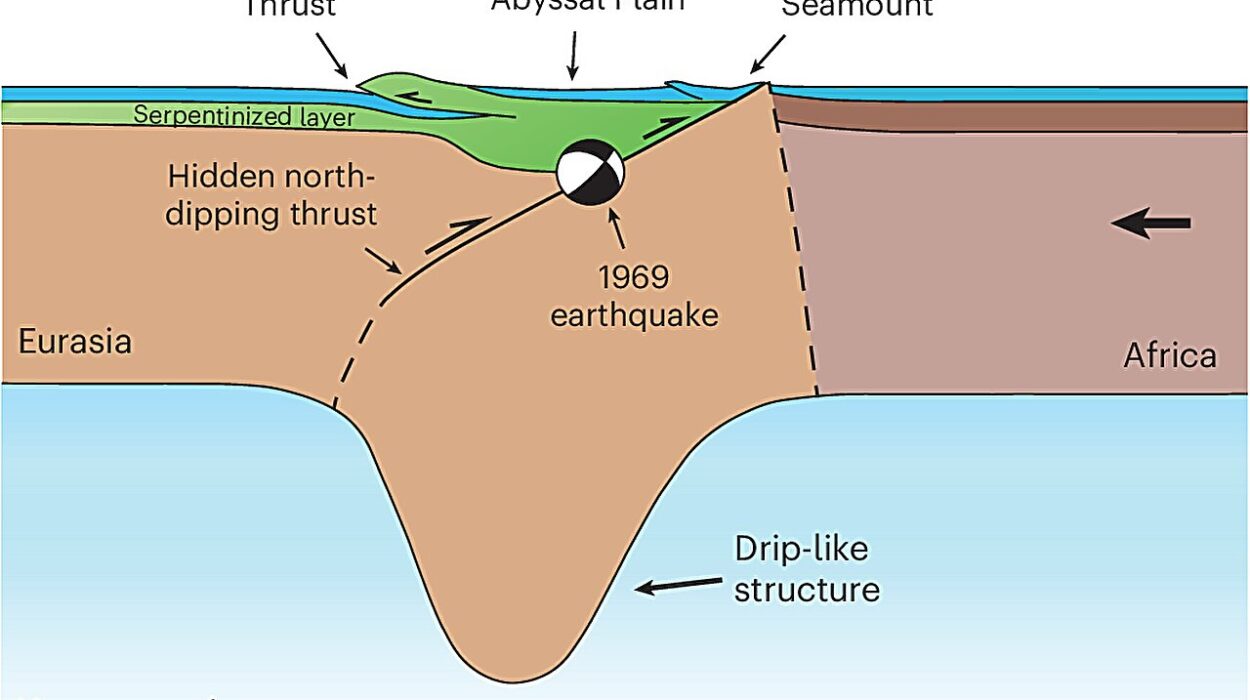At 5:46 a.m. on January 17, 1995, the city of Kobe, Japan, stirred in sleep. Moments later, without warning, the earth beneath it heaved. Buildings cracked open. Highways folded like paper. Fires erupted in the bitter dawn. In less than 20 seconds, over 6,000 lives were lost and hundreds of thousands were left homeless. It was the Great Hanshin Earthquake—a stark reminder that our seemingly solid planet is anything but still.
Earthquakes are the earth’s most violent gestures, born from forces hidden deep beneath our feet. They shake not just buildings and cities, but also the illusion that the ground is stable, dependable, and silent. But behind the chaos and tragedy lies a world of extraordinary science—a story of shifting plates, pent-up energy, waves rippling through rock, and humanity’s relentless effort to understand, prepare, and predict.
This is the story of earthquakes: what causes them, how they wreak havoc, and what we’re doing to stay one step ahead.
A Restless Planet in Disguise
To the naked eye, Earth appears peaceful. Mountains stand still. Oceans shimmer in gentle rhythm. Forests sway in quiet breezes. But deep beneath this calm surface lies a dynamic world of unimaginable power. The Earth’s crust, which we walk on every day, is not a single unbroken shell. It’s fractured into enormous slabs called tectonic plates, each one floating atop the semi-fluid mantle below.
These tectonic plates are in constant motion—creeping, sliding, grinding, and colliding at the pace of fingernail growth. Over years and centuries, their movements shape the continents, carve mountain ranges, open oceans, and, sometimes, unleash earthquakes.
Where these plates meet—along what scientists call “fault lines”—stress builds as they try to move past each other but are locked by friction. Eventually, the stress overwhelms the resistance. The rock breaks. And the pent-up energy is released in a sudden, violent jolt. This is an earthquake.
Cracking the Crust: Faults and Friction
Not all parts of a tectonic plate are equally vulnerable. Earthquakes mostly occur along faults—fractures in the Earth’s crust where blocks of rock move relative to each other. There are several types of faults, each with its own character.
In a strike-slip fault, like California’s infamous San Andreas Fault, the plates grind horizontally past one another. It’s a tense, stubborn shoving match, with neither side wanting to give in.
In normal and reverse faults, the movement is vertical. One block of earth shifts up or down relative to the other, often along steep inclines. These are found in areas of extensional (pulling apart) or compressional (squeezing together) forces. Subduction zones, where one plate dives beneath another into the mantle, often produce the most powerful quakes and tsunamis.
It’s not the slow movement of the plates that causes the problem—it’s the build-up and sudden release of energy when they get stuck. Imagine bending a stick. For a while, it flexes. But apply just a little too much force, and it snaps with a loud crack. The Earth works much the same way, except its cracks echo through entire regions.
Riding the Seismic Wave
When a fault finally slips, energy radiates outward in all directions in the form of seismic waves. These waves ripple through rock like ripples across a pond. But unlike water, Earth is dense and heterogeneous, meaning the waves bend, reflect, and change speed depending on what kind of rock they travel through.
There are two main types of seismic waves: body waves and surface waves. Body waves travel through the interior of the Earth and come in two varieties. Primary waves (P-waves) are the fastest, compressing and expanding the ground like an accordion. They’re often the first sign of an earthquake, but cause little damage. Secondary waves (S-waves) arrive next, moving the ground up and down or side to side, and are more destructive.
Then come the surface waves—rolling, twisting motions that travel along Earth’s crust. These waves are usually responsible for the most visible destruction. Buildings sway. Roads undulate. Bridges twist apart. Unlike body waves, which diminish quickly, surface waves can travel great distances and leave devastation in their wake.
The strength of an earthquake isn’t measured simply by how it feels, but by how much energy it releases. The moment magnitude scale (replacing the older Richter scale) quantifies this energy logarithmically. A magnitude 7.0 quake releases about 32 times more energy than a 6.0—and about 1,000 times more than a 5.0.
Earthquakes Through the Ages: A History of Shaking Earth
The history of human civilization is punctuated by earthquakes that shattered cities and transformed landscapes. The 1556 Shaanxi earthquake in China, believed to be the deadliest ever recorded, claimed over 800,000 lives. In 1906, San Francisco was reduced to rubble and flames. In 2004, a magnitude 9.1 quake off the coast of Sumatra triggered a tsunami that killed nearly a quarter million people in 14 countries.
Each earthquake is a tragedy, but also a lesson. From ancient myths blaming angry gods, to modern seismology mapping subterranean stress zones, humanity has slowly moved from fear to understanding. Today, scientists use networks of seismometers, satellite data, and deep-earth imaging to study the anatomy of earthquakes and their causes.
But prediction? That’s another story.
Can We Predict the Next Big One?
The idea of earthquake prediction is as old as earthquakes themselves. For centuries, people looked to strange animal behavior, weather changes, and celestial alignments in hopes of forecasting the next disaster. None of these proved reliable.
Modern science has made extraordinary advances in understanding the conditions that lead to earthquakes—but pinpointing when and where one will strike remains elusive. The problem lies in the complex, chaotic nature of geological systems. Faults don’t follow clocks. Stress builds unpredictably. Rocks may hold or slip based on countless variables we can’t yet fully measure.
That said, we’ve become very good at forecasting earthquake probabilities. Seismic hazard maps show where earthquakes are most likely to occur based on fault history and geologic data. In places like California, Japan, and Turkey, detailed models inform building codes, insurance rates, and emergency planning.
Even more promising are early warning systems, like those in Japan and Mexico. These systems don’t predict earthquakes, but they detect the first, harmless P-waves and instantly send alerts before the more damaging S-waves arrive. In some cases, this gives people a few seconds to take cover, trains to halt, and hospitals to brace. Those seconds can save lives.
The Human Cost: How Earthquakes Impact Society
An earthquake is not just a geological event—it’s a human one. Buildings collapse not because of shaking alone, but because of poor construction. Death tolls rise not solely from the quake, but from what follows: fires, landslides, tsunamis, disease, and displacement.
In 2010, a magnitude 7.0 earthquake struck Haiti. Though not unusually powerful, it killed over 200,000 people. The reason? Poor infrastructure, lack of emergency response, and widespread poverty. Contrast that with similar-magnitude quakes in Chile or Japan, where strict building codes and preparedness dramatically reduce casualties.
This disparity reveals a hard truth: earthquakes don’t kill people. Buildings do.
The economic impact is staggering. Beyond the immediate damage, earthquakes cripple industries, strain governments, and can push entire regions into long-term crisis. After the 1994 Northridge earthquake in Los Angeles, the cost of damages exceeded $40 billion. Kobe’s quake cost over $100 billion.
But out of destruction also comes resilience. Cities rebuild. Technologies improve. Communities grow stronger. Earthquakes test not just our buildings, but our humanity.
Living on the Edge: Earthquake Hotspots
Most of the world’s earthquakes occur along the edges of tectonic plates. The “Ring of Fire” encircling the Pacific Ocean is particularly volatile, home to megathrust faults capable of producing magnitude 9+ events.
Japan sits precariously on the meeting point of four tectonic plates. California lies along the sliding San Andreas Fault. Chile hugs the edge of the South American plate, constantly under pressure from the plunging Nazca plate. Indonesia, New Zealand, Turkey, Iran, and parts of Alaska all lie in zones of frequent shaking.
Yet people continue to live—and thrive—in these high-risk areas. Why? Often, these regions also offer fertile soil, access to trade routes, natural resources, and deep cultural roots. Risk, for many, is simply part of life.
Engineering for Earthquakes: Building to Survive
If we can’t stop earthquakes, we can learn to live with them. Earthquake engineering is a field devoted to making buildings, bridges, and cities more resistant to shaking. The principles are elegant in their simplicity: flexibility over rigidity, motion over mass.
Modern earthquake-resistant buildings use flexible foundations, shock absorbers, and deep pilings that anchor into stable soil. Skyscrapers are designed to sway rather than snap. Base isolators—giant pads or bearings—allow buildings to move independently of the ground. Retrofitting older structures is expensive, but often life-saving.
Japan’s bullet trains automatically stop during seismic activity. Chile’s skyscrapers bend gracefully in high winds and tremors. Even in Nepal, where resources are limited, innovative bamboo structures and cross-bracing are helping rebuild resilient homes.
Education is just as crucial. Earthquake drills, emergency kits, and public awareness campaigns ensure that people know what to do when the shaking starts. “Drop, cover, and hold on” may sound simple—but it saves lives.
Earthquakes Beyond Earth: A Cosmic Connection
Earthquakes aren’t unique to our planet. On the Moon, there are “moonquakes,” caused by tidal forces from Earth and temperature changes. Mars has its own seismic activity—“marsquakes”—which NASA’s InSight mission recently began measuring. These alien tremors help scientists understand the internal structures of other worlds, offering clues about how planets form and evolve.
By studying earthquakes here and across the solar system, we deepen our understanding not just of Earth’s dynamics, but of the universe itself.
The Unpredictable Future: What Lies Beneath
We stand today with more knowledge, tools, and awareness than ever before. We can map fault lines, simulate shaking, and build smarter cities. Yet the exact timing of the next big quake remains beyond our grasp.
What we do know is this: Earth will continue to shake. The forces that drive earthquakes are part of the planet’s lifeblood—a sign that it is alive, changing, and evolving.
Every time the ground trembles, it speaks to us. Sometimes, in tragedy. Sometimes, in science. Always, in power.
In the end, the science behind earthquakes is not just about seismology. It’s about human resilience. It’s about the balance between awe and preparation. And it’s a reminder that even the firmest ground beneath our feet can move us—in ways we never expected.
